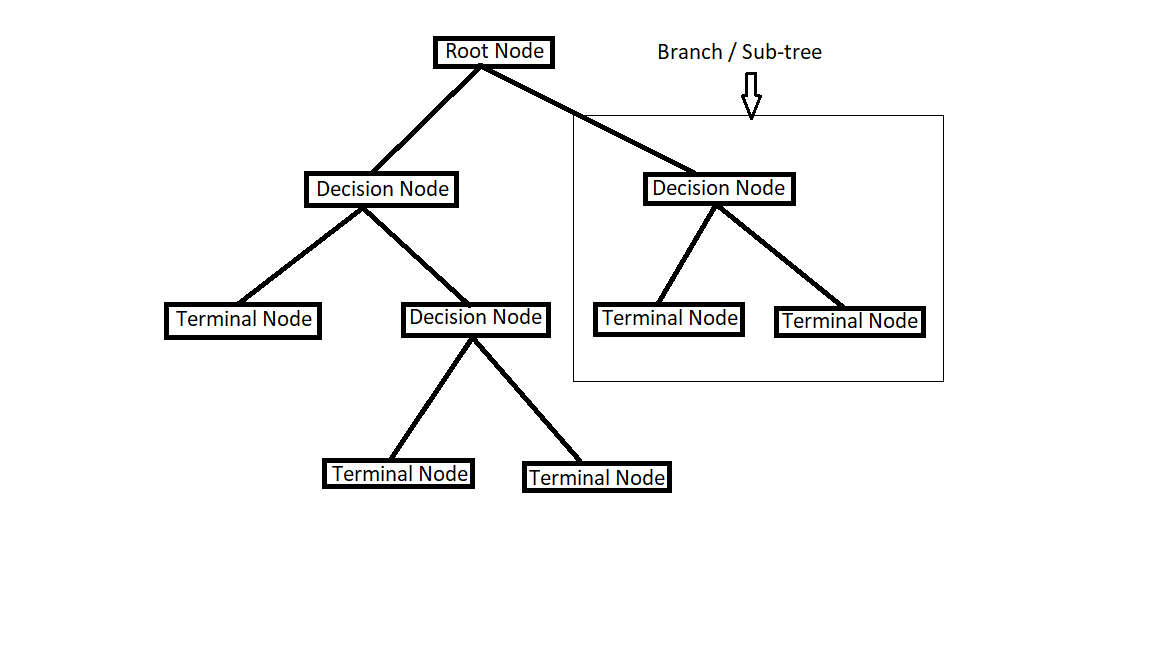Decision trees are a type of supervised machine learning algorithm that can be used for both classification and regression tasks. They are a popular choice for machine learning practitioners because they are relatively easy to understand and interpret, and they can be used to solve a wide variety of problems.
Decision Tree Algorithms
There are a number of different decision tree algorithms available, but some of the most popular include ID3, C4.5, and CART. These algorithms differ in the way that they construct the decision tree, but they all use the same basic principle: to split the data into smaller and smaller subsets until each subset is homogeneous.
ID3
The ID3 algorithm is a top-down, greedy algorithm that constructs the decision tree by recursively splitting the data on the feature that provides the most information gain. Information gain is a measure of how much a particular feature helps to distinguish between the different classes in the data.
C4.5
The C4.5 algorithm is an extension of the ID3 algorithm that addresses some of the limitations of ID3. For example, C4.5 can handle missing values, and it can produce more compact decision trees.
CART
The CART algorithm is a different approach to constructing decision trees. CART uses a greedy algorithm to construct the decision tree, but it does not use information gain as the splitting criterion. Instead, CART uses a different measure called the Gini impurity.
How Decision Trees are Constructed
Decision trees are constructed by recursively splitting the data into smaller and smaller subsets. The splitting process is repeated until each subset is homogeneous, or until a stopping criterion is met.
The splitting process is typically started at the root of the decision tree. The algorithm then selects the feature that provides the most information gain, and it splits the data on that feature. The process is then repeated recursively on each of the resulting subsets.
How Decision Trees are Used for Classification and Regression
Decision trees can be used for both classification and regression tasks. For classification tasks, the decision tree is used to predict the class label of a new data point. For regression tasks, the decision tree is used to predict the value of a continuous variable.
Applications of Decision Trees:
Credit Risk Assessment: Financial institutions employ decision trees to evaluate credit risk by analyzing factors like income, credit history, and debt-to-income ratio.
Medical Diagnosis: In healthcare, decision trees aid in diagnosing diseases by considering symptoms, test results, and patient history.
Predictive Maintenance: Industries leverage decision trees for predicting equipment failures and scheduling maintenance before issues arise.
Stock Market Prediction: Decision trees help in predicting stock market trends based on historical data and various market indicators.




Really enjoyed reading your article! It’s informative, engaging, and very well written. I appreciate the clarity and detail you’ve shared. Looking forward to reading more from you soon.
ReplyDeleteBest Time to Visit Seven Sisters of India
Best Time to Visit North East India
Best Time to Visit Wayanad Kerala
best time to visit kerala with family